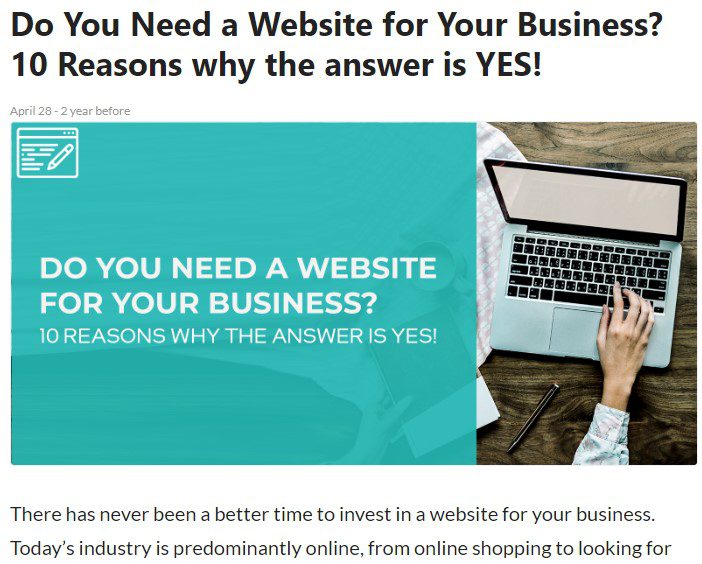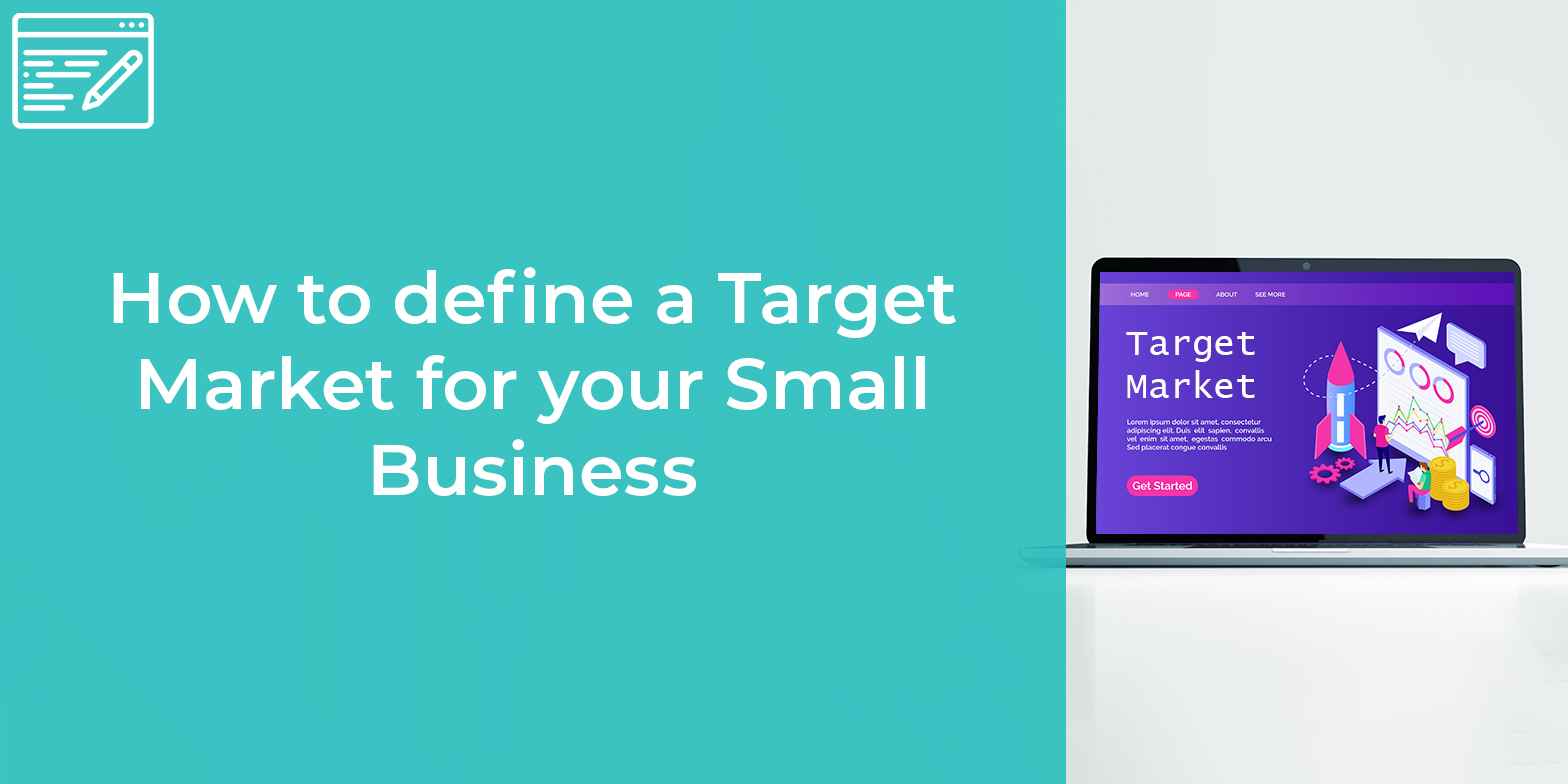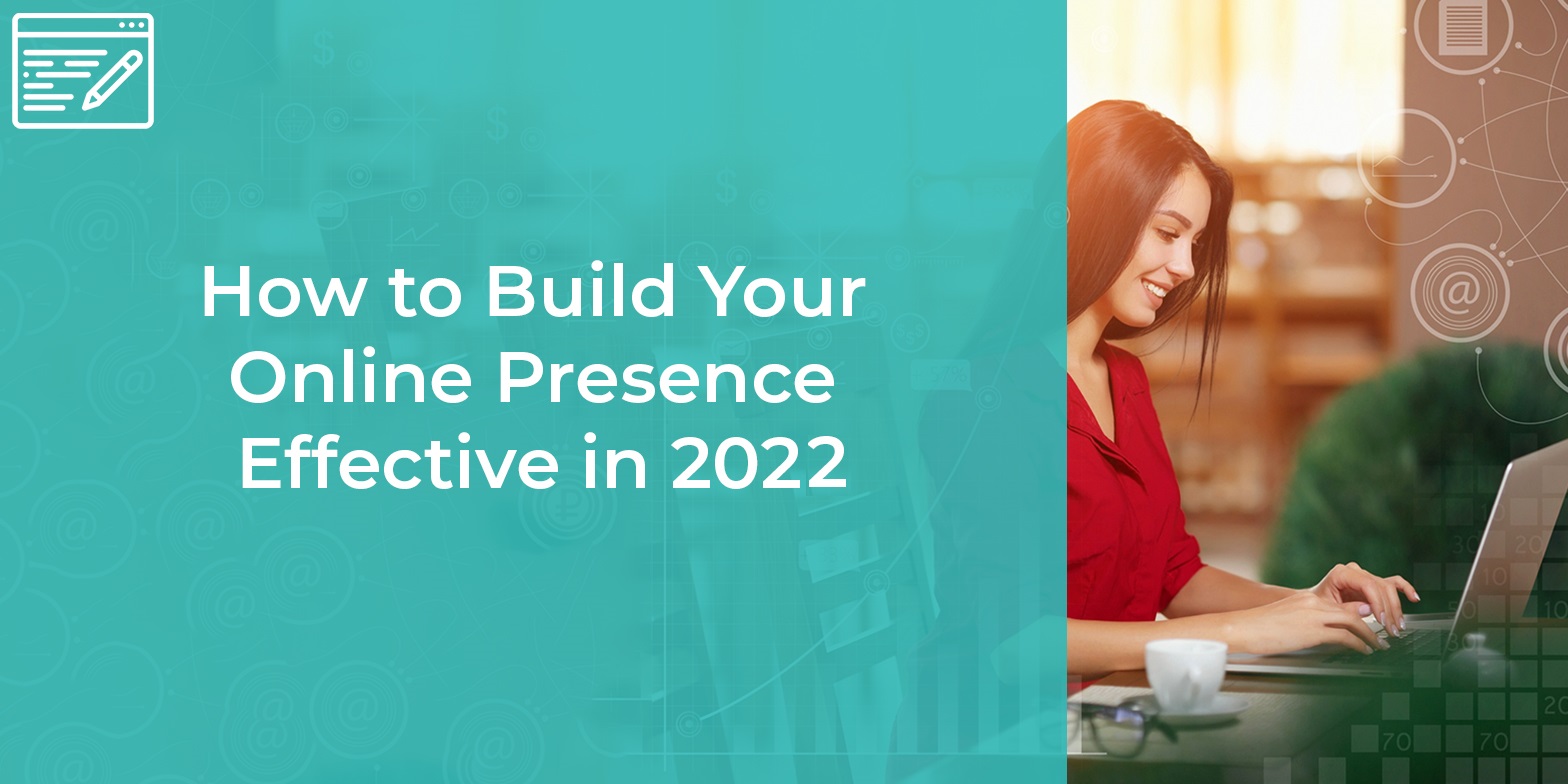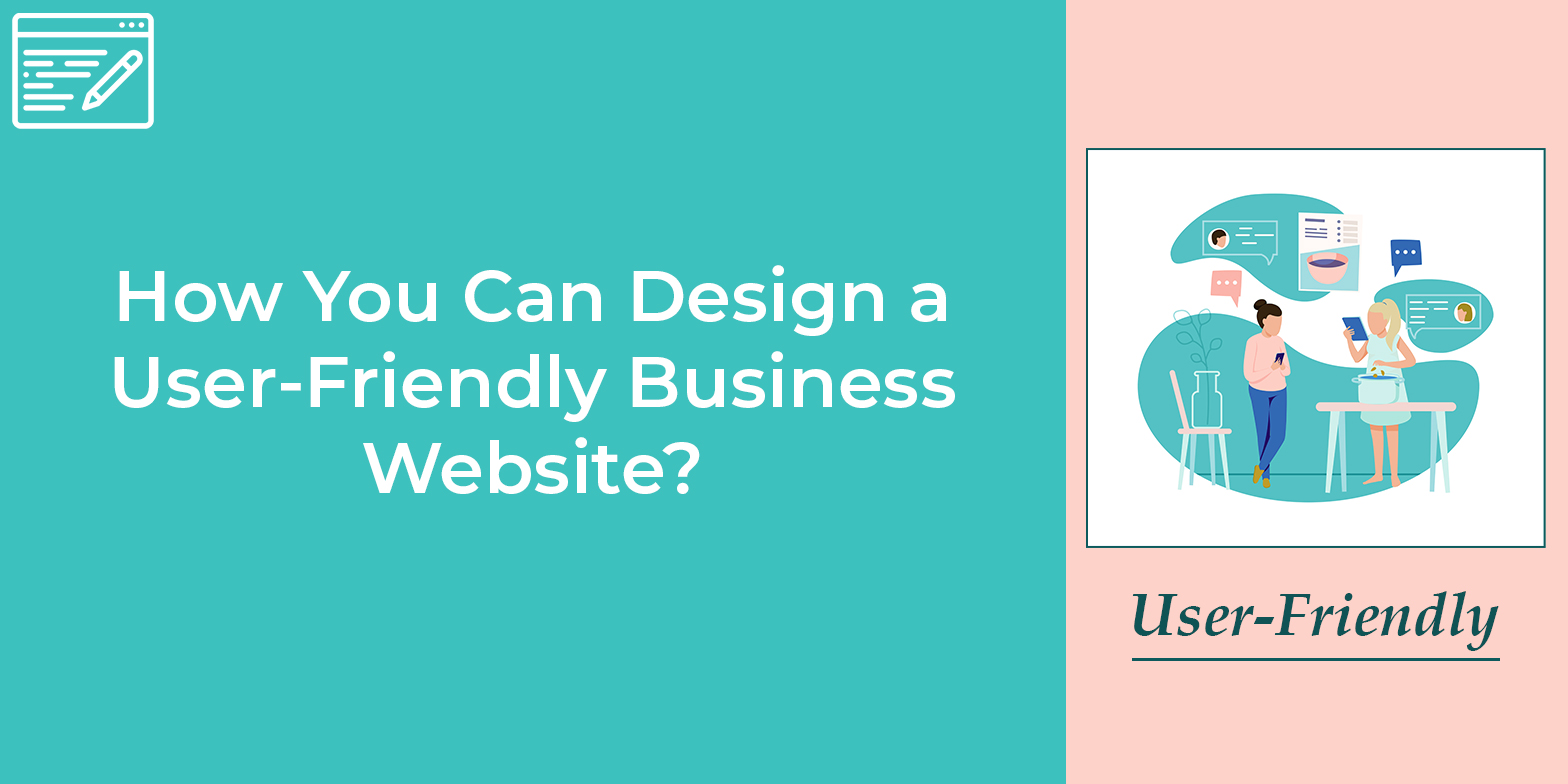How to Start a Blog: A Step-by-Step Guide to Your Online Journey
July 28 - 1 year before
Welcome to the world of blogging, where creativity meets opportunity! Blogging has become an increasingly popular way to share your passions, expertise, and interests with the world while also generating income. In this comprehensive guide, we'll walk you through the steps to start a blog and monetize it in 2023. Whether you're a seasoned writer or a complete beginner, this guide will help you launch your blog successfully and turn it into a profitable venture.
How to start a blog:
Starting a blog opens up a world of opportunities to share your thoughts and expertise with the world. Follow these steps to launch your blog successfully:
- Choose a Blogging Platform: Opt. for a platform with customizable templates for a unique look and feel.
- Pick a Hosting Platform: Prioritize good bandwidth, uptime, and customer support for a smooth online experience.
- Find the Right Niche: Define your theme and target audience to create focused and engaging content.
- Select a Blog Name and Domain: Capture readers' interest with a descriptive and intriguing blog name.
- Set Up and Design Your Blog: Personalize your blog with imagery and effects that align with your theme.
- Brainstorm Blog Topics: Write down ideas and refine them to select compelling and relevant topics.
- Write Your First Blog Post: Engage your audience with a captivating title and well-structured content.
- Create an Editorial Calendar: Stay consistent by planning and scheduling your blog posts.
- Promote Your Blog: Utilize marketing strategies to expand your reach and attract more readers.
- Make Money Blogging: Explore monetization opportunities to turn your passion into a profitable venture.
In this complete A to Z tutorial, we'll cover everything you need to know, from the initial setup to maximizing your blog's potential for revenue generation. Whether you're a blogging beginner or looking to enhance your existing skills, this guide has got you covered. You can also use the numbered steps as a quick cheat sheet for a faster start, or take your time and read through comprehensive advice for building a successful blog from scratch. With a little guidance, you can have your blog up and running in just 30 minutes or less. So, let's dive in and unleash the full potential of your blog!
What is a blog?
In the vast landscape of the internet, a blog stands as a digital journal of expression, allowing individuals and businesses to share their ideas, knowledge, and passions with the world. A blog is a dynamic platform where writers, known as bloggers, craft engaging content to connect with their audience on a personal level. From personal experiences and travel adventures to professional insights and niche expertise, blogs cover a diverse range of topics. These online spaces offer a unique blend of information, entertainment, and community interaction. With the power to shape opinions, inspire change, and foster meaningful discussions, blogs have become an integral part of the online ecosystem, empowering both creators and readers alike to explore and communicate in a global, virtual realm.
Reasons to start a blog
People start blogs for a variety of reasons, some of which include:
- Share Your Passion: Blogging provides a platform to share your passions, hobbies, and interests with a global audience. Whether it's cooking, travel, fashion, or technology, your blog becomes a canvas to express yourself authentically.
- Establish Your Expertise: Blogging showcases your expertise and knowledge in a particular field. It positions you as an authority, building trust with readers and potential clients or employers.
- Connect with Like-minded Individuals: Blogging creates a community of like-minded individuals who share similar interests. Engaging with readers and other bloggers can lead to meaningful connections and friendships.
- Improve Writing Skills: Regularly writing blog posts hones your writing skills, enabling you to become a more effective communicator in both personal and professional realms.
- Learn New Skills: Building and managing a blog introduces you to various technical skills, such as website design, search engine optimization (SEO), and digital marketing.
- Boost Personal Branding: A well-maintained blog acts as your personal brand, helping you stand out in the competitive digital landscape and leaving a lasting impression on potential clients or employers.
- Inspire and Influence Others: Your blog has the potential to inspire and influence readers positively. Sharing stories of personal growth, challenges, and triumphs can resonate with others and motivate them on their journeys.
Now that you have a better understanding of the reasons behind starting a blog, let's explore the steps you need to take to create one, from ideation to publication.
Step 1: Choose a Blogging Platform
Selecting the right blogging platform is crucial for the long-term success of your blog. There are various options available, but let's focus on WordPress, Blogger, and Wix.
- WordPress: Highly recommended for its flexibility, customization options, and plugin support. WordPress powers a significant portion of the internet and has a vast community of users and developers.
- Blogger: Owned by Google, it's a simple and user-friendly platform suitable for beginners. However, it has limited customization options compared to WordPress.
- Wix: Known for its drag-and-drop website builder, Wix offers ease of use and beautiful templates, but it may have limitations for advanced features.
- WebsFB: Your ultimate blogging companion. Create websites with ease. WebsFB offers beautiful templates and optimizations. Elevate your blog to new heights.
Step 2: Pick a Hosting Platform
After choosing your blogging platform, you'll need a reliable hosting service to store your blog's files and data. Consider factors like performance, security, and customer support when selecting a hosting provider.
- Bluehost: One of the most popular hosting providers, Bluehost offers a range of plans to suit different needs, along with a one-click WordPress installation.
- SiteGround: Known for its excellent customer service and performance, SiteGround is a top choice for bloggers seeking reliability.
- HostGator: Offering budget-friendly plans, HostGator is suitable for beginners who want an affordable hosting option.
Step 3: Find the Right Niche
Choosing the right niche is fundamental to attract and engage your target audience. Follow these steps to identify your niche:
- Passion and Expertise: Select a niche that aligns with your interests and knowledge. Blogging about something you're passionate about will keep you motivated in the long run.
- Market Research: Use tools like Google Trends, Keyword Planner, and social media to gauge the demand and competition in potential niches.
- Audience Size: Consider the size of the audience interested in your niche. A balance between a large audience and low competition is ideal.
Step 4: Select a Blog Name and Domain
Your blog's name and domain play a significant role in brand recognition and SEO. Follow these tips:
- Relevance and Simplicity: Choose a blog name that reflects your niche and is easy to remember.
- Domain Name: Aim for a .com domain as it's the most widely recognized and trusted. Use a reputable domain registrar to purchase your domain.
Step 5: Set Up and Design Your Blog
Setting up your blog and designing it are exciting steps to establish your online presence.
- Installation: Most blogging platforms offer easy-to-follow setup wizards. Install your chosen platform on your hosting server.
- Customization: Select a clean and professional theme that aligns with your niche. Customize your blog's appearance, logo, and color scheme.
- Mobile-Friendly Design: Ensure your blog is responsive and looks good on all devices, including smartphones and tablets.
Step 6: Brainstorm Blog Topics
Generating engaging blog topics is essential to attract readers and keep them coming back for more.
- Target Audience: Consider your target audience's needs, interests, and pain points. What solutions or insights can you offer?
- Keyword Research: Use tools like Google Keyword Planner and Ubersuggest to identify popular topics and relevant keywords.
Step 7: Write Your First Blog Post
Writing your first blog post can be intimidating, but follow these steps to get started:
- Compelling Introduction: Capture readers' attention from the start with an intriguing introduction.
- Valuable Content: Provide insightful, actionable, or entertaining content that aligns with your niche and target audience.
- Formatting: Use headings, bullet points, and images to break up the text and make it easy to read.

Step 8: Create an Editorial Calendar
Consistency is key to growing your blog's readership. Create an editorial calendar to plan and schedule your blog posts.
- Frequency: Decide on a posting schedule that suits your availability and stick to it.
- Topics Variety: Plan a mix of content types, such as informative articles, how-to guides, and personal stories.
Step 9: Promote Your Blog
Promotion is vital to reach a wider audience and gain more readers.
- Social Media: Utilize platforms like Facebook, Twitter, Instagram, and Pinterest to share your blog posts and engage with your audience.
- Online Communities: Join relevant forums, groups, and communities to participate in discussions and share your expertise.
- Networking: Collaborate with other bloggers in your niche through guest posting or cross-promotion.
Step 10: Make Money Blogging
Monetizing your blog requires patience and strategic planning. Explore various revenue streams:
- Display Ads: Sign up with ad networks like Google AdSense to display relevant ads on your blog. Earn money when visitors click on those ads.
- Affiliate Marketing: Partner with companies and promote their products or services through unique affiliate links. Earn a commission for every sale made through your referral.
- Sponsored Posts and Collaborations: As your blog gains traction, brands might approach you for sponsored posts or collaborations. Charge a fee for featuring their content or products.
- Sell Digital Products: Offer e-books, courses, or templates directly to your audience.
- Membership and Subscription: Provide premium content or a subscription-based model for exclusive access.
- Freelancing and Services: Leverage your blog as a portfolio and offer freelance services or consulting.

Conclusion: Starting a blog and monetizing it in 2023 is an exciting journey that demands dedication, consistency, and creativity. By following the steps outlined in this guide and continually refining your approach, you can create a successful blog that not only fulfills your passion for writing but also generates income in the long run. Happy blogging and best of luck on your path to success!
-
Subscribe to Stay Updated with Latest News
Easy 7 steps for build your website.

Select Template
Choose Color
Add Logo
Add Navigation
Setup Account
Add Content
Go LIVE!
Categories
- Blogging Platform (1)
- Business (26)
- Development (24)
- Email Marketing (8)
- Graphic Design Trends (4)
- Hosting Platforms (1)
- How To's (18)
- Ideas and Inspiration (3)
- Inspiration Technology (5)
- Management (2)
- Marketing (38)
- New Features (10)
- News (25)
- Online Advertising (3)
- Promote Your Website (27)
- Search Engine Optimization (8)
- Security (4)
- Small Business Tips (43)
- Social Media (6)
- Uncategorized (2)
- User Experience (3)
- Web Design (42)








